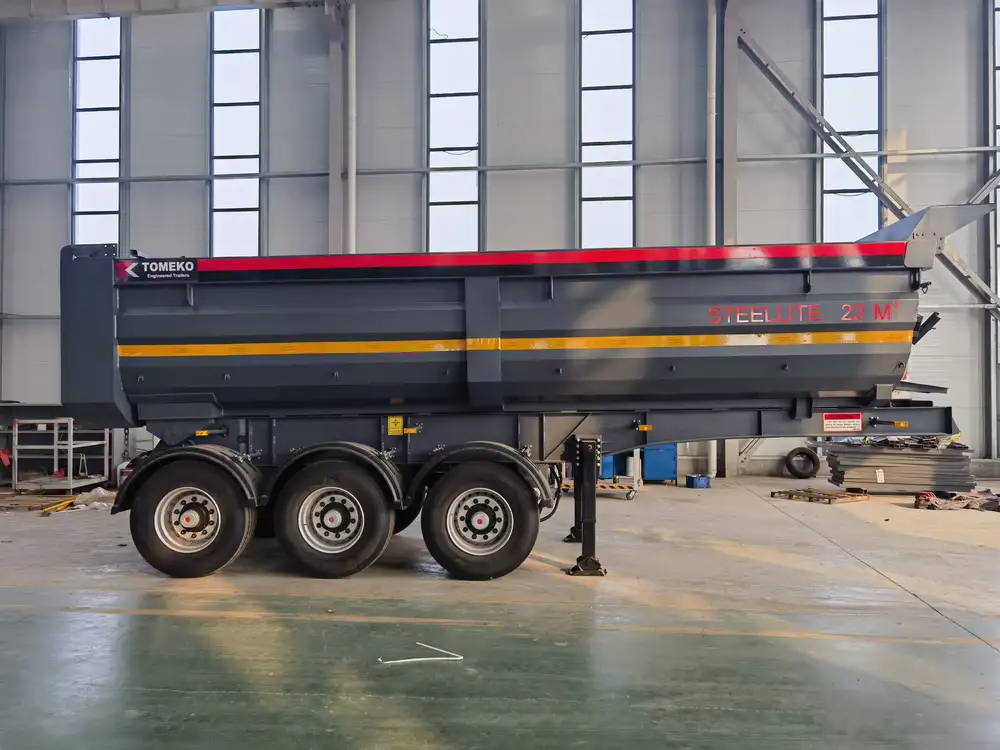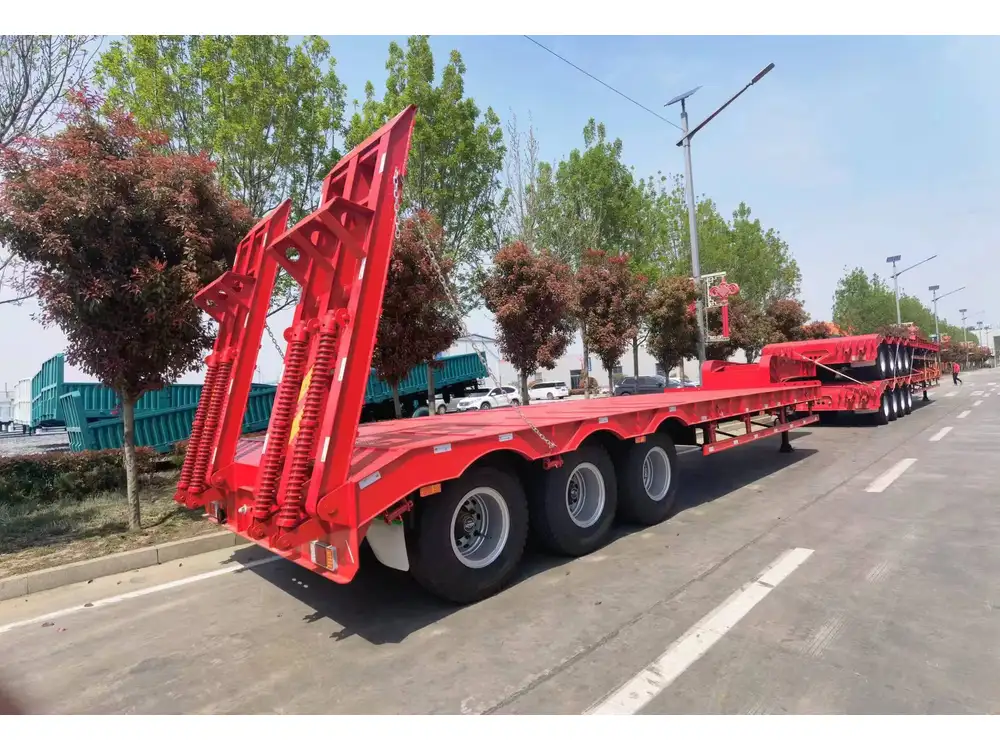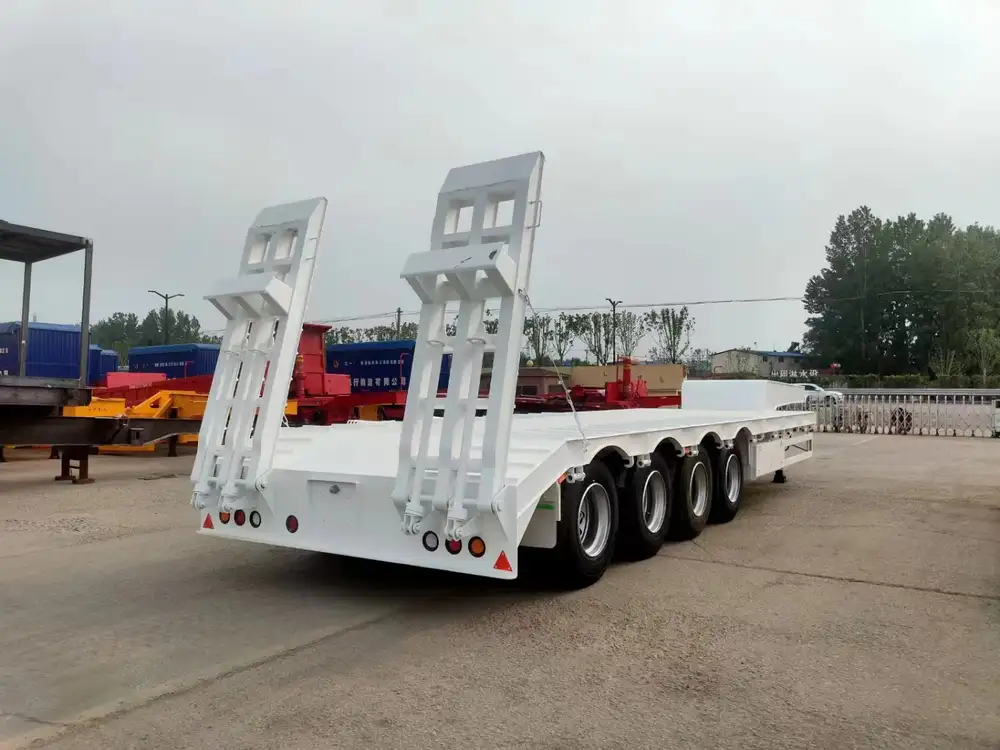Operating a Belky dump trailer proficiently is essential for maximizing the efficiency of your hauling tasks, whether it be in construction, landscaping, or waste management. With an understanding of the fundamental principles of operation, maintenance tips, and best practices, you can ensure that your dump trailer works seamlessly for years to come. Below, we explore crucial aspects of operating a Belky dump trailer effectively.
Table of Contents
- Understanding the Basics of a Belky Dump Trailer
- Components and Features
- Trailer Types
- Pre-Operation Checks
- Safety Inspections
- Fluid Levels
- Connecting the Dump Trailer
- Hitching and Unhitching
- Electrical Connections
- Operating the Dump Trailer
- Loading Techniques
- Elevation and Dumping Procedures
- Post-Operation Procedures
- Unhitching the Trailer
- Maintenance Tips
- Common Issues and Troubleshooting
- Hydraulic Problems
- Electrical Failures
- Safety Tips
- Protective Gear
- Operational Safety Practices
1. Understanding the Basics of a Belky Dump Trailer

Components and Features
A Belky dump trailer is engineered with specific components that facilitate its functionality. Key features include:
- Hydraulic Lift System: This mechanism enables the raising and lowering of the trailer bed for efficient dumping operations.
- Frame Structure: Durable steel frames ensure robust support and durability under heavy loads.
- Tarp Systems (optional): Protect cargo and promote safety during transport by covering loads.
Trailer Types
Belky offers various dump trailer types, including:
- Single Axle Dump Trailers: Ideal for lighter loads and smaller tasks.
- Double Axle Dump Trailers: Suitable for larger loads, maximizing both stability and weight capacity.
Understanding which model is suited for your needs is vital, as it determines operational capabilities.
2. Pre-Operation Checks

Safety Inspections
Before commencing any operation, it is essential to conduct thorough safety inspections.
Physical Inspection of the Trailer:
- Check for visible damage or wear on the frame and bed.
- Ensure that the tires are in good condition and adequately inflated.
Hydraulic System Check:
- Inspect hydraulic lines for leaks or obstructions.
- Ensure that the hydraulic fluid reservoir is adequately filled.
Fluid Levels
Always verify fluid levels before starting the operation:
- Hydraulic Fluid: Essential for the smooth functioning of the lift system.
- Brake Fluid: Ensure the braking system is operational for safe stopping.
3. Connecting the Dump Trailer

Hitching and Unhitching
Correctly hitching your Belky dump trailer is critical. Follow these steps:
Position the Tow Vehicle and Trailer:
- Align the trailer coupler with the tow vehicle hitch.
Connecting the Hitch:
- Lower the coupler onto the hitch ball.
- Secure the coupler latch and ensure it is locked.
- Attach safety chains in a crisscross pattern for added security.
Unhitching:
- Park the tow vehicle on level ground.
- Remove the safety chains.
- Disconnect the coupler latch and lift.
Electrical Connections
Ensure a reliable connection of electrical systems for trailers with brake lights and turn signals:
- Connect the 7-way trailer wiring harness.
- Test lights to confirm functionality after connections are made.
4. Operating the Dump Trailer

Loading Techniques
Efficient loading is crucial to avoid overloading and maintain balance:
- Weight Distribution: Load heavier materials, such as soil and gravel, at the front.
- Compaction: Compact loads to maximize trailer capacity without exceeding limits.
Elevation and Dumping Procedures
Utilizing the hydraulic system safely requires attention to control processes:
Elevating the Trailer:
- Engage the hydraulic control to raise the trailer bed slowly.
- Monitor the lift and ensure no obstructions interfere with the operation.
Dumping the Load:
- Once elevated, allow gravity to assist in dumping the load.
- Take precautions to ensure that the area behind the trailer is clear of obstacles.
5. Post-Operation Procedures

Unhitching the Trailer
Upon completion of your task, safely disconnect your trailer:
Lower the Trailer Bed:
- Gradually lower the bed to its resting position.
Disengage the Hitch:
- Follow the unhitching procedures outlined earlier.
Maintenance Tips
Keeping your Belky dump trailer in prime condition fosters longevity:
- Regular Cleaning: Remove debris and material remnants after each use.
- Lubrication: Periodically grease moving parts to avoid metal-on-metal wear.
- Inspection of Connections: Routinely check wiring and hydraulic connections for wear and tear.
6. Common Issues and Troubleshooting

Hydraulic Problems
Hydraulic lift failures can severely affect operational capability:
Problem: The trailer bed won’t raise.
- Solution: Check hydraulic fluid levels and inspect for leaks in the hydraulic lines.
Problem: The bed lowers too slowly.
- Solution: Ensure the control valve is functioning correctly; replace if needed.
Electrical Failures
Electrical issues can stem from various sources:
- Problem: Brake lights or turn signals are not working.
- Solution: Inspect the wiring harness for disconnections or damage; replace blown fuses if necessary.
7. Safety Tips

Protective Gear
To ensure personal safety while operating your dump trailer, always wear:
- Safety Boots: Protect your feet from heavy loads.
- Gloves: Ensure a firm grip when handling equipment.
- Visibility Gear: Reflective vests increase visibility on worksites.
Operational Safety Practices
Maintaining a safe operational environment is paramount:
- Clear Work Area: Ensure no personnel are within the dumping vicinity.
- Steady Load Management: Avoid sudden movements to prevent load shifting.
- Follow Local Regulations: Comply with local transport laws to avoid fines.
In summary, effective operation of a Belky dump trailer hinges not only on excellent practical skills but also on a thorough understanding of the equipment’s functionalities, preventive maintenance, and safety protocols. By adhering to these well-structured principles, you can enhance productivity and ensure the long-term health of your dump trailer. For more information related to specific models, individual features, or advanced troubleshooting, consulting the manufacturer’s user manual or engaging with Belky technical support would be advisable.
By mastering the operational procedures and maintaining awareness of safety measures, you position yourself not just as a competent operator but also as a responsible participant in your industry, capable of tackling the most demanding hauling challenges with confidence.



